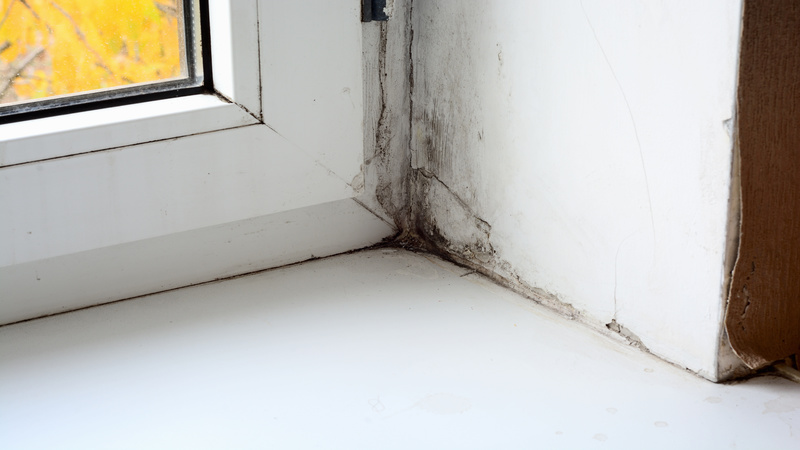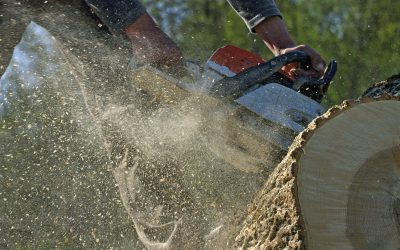Camlock fittings can be made of a variety of materials, including aluminium, polypropylene and stainless steel. It is imperative that you choose the right material for the application you desire. For example, stainless steel options are perfect for areas that are highly corrosive or acidic. They cost a little more, but they are anti-corrosive and compatible with a variety of hoses and connection needs. A further advantage is they are temperature-resistant and strong.
Polypropylene or nylon are suitable for water transmission and chemicals. They are used extensively throughout the chemical and agricultural industry. They aren’t as strong as the metal couplers and can deform and break in certain circumstances, so it’s best if you inspect them frequently. They are leak-proof and lightweight, which means you can use them in a variety of applications. Plus, they are less expensive than other materials and work well in changing humidity applications.
Aluminium is another material used to make camlock fittings. They are suitable for oil/water and fresh-water applications. When compared to stainless steel, they aren’t as resistant to corrosion. They are an economical option and work well in general and heavy duty industrial applications.
At Pacific Fittings, they realise the need for quality products that allow you to conveniently connect your hoses and pipes. You don’t need tools and its quick. No need to get threads perfectly aligned and worry about torque. Along with the camlock fittings, they also supply a range of stainless steel ball values (two or three pieces), gaskets, camlock spares and brew hardware and fittings that are all suitable for a variety of needs and applications.

